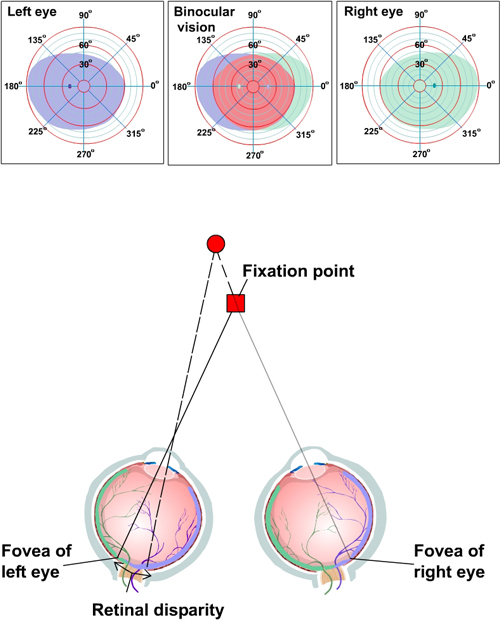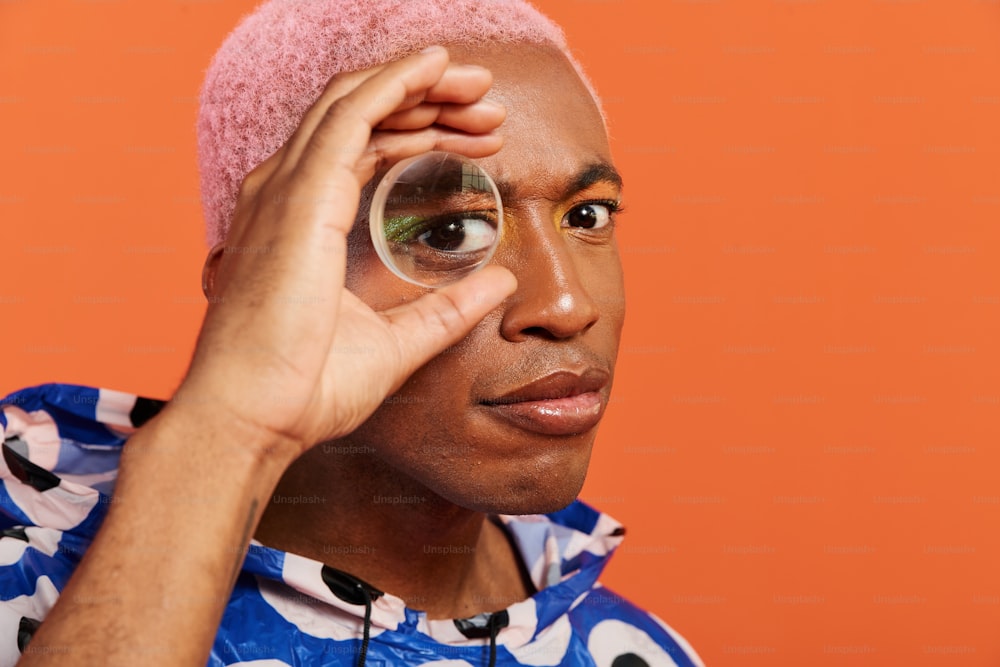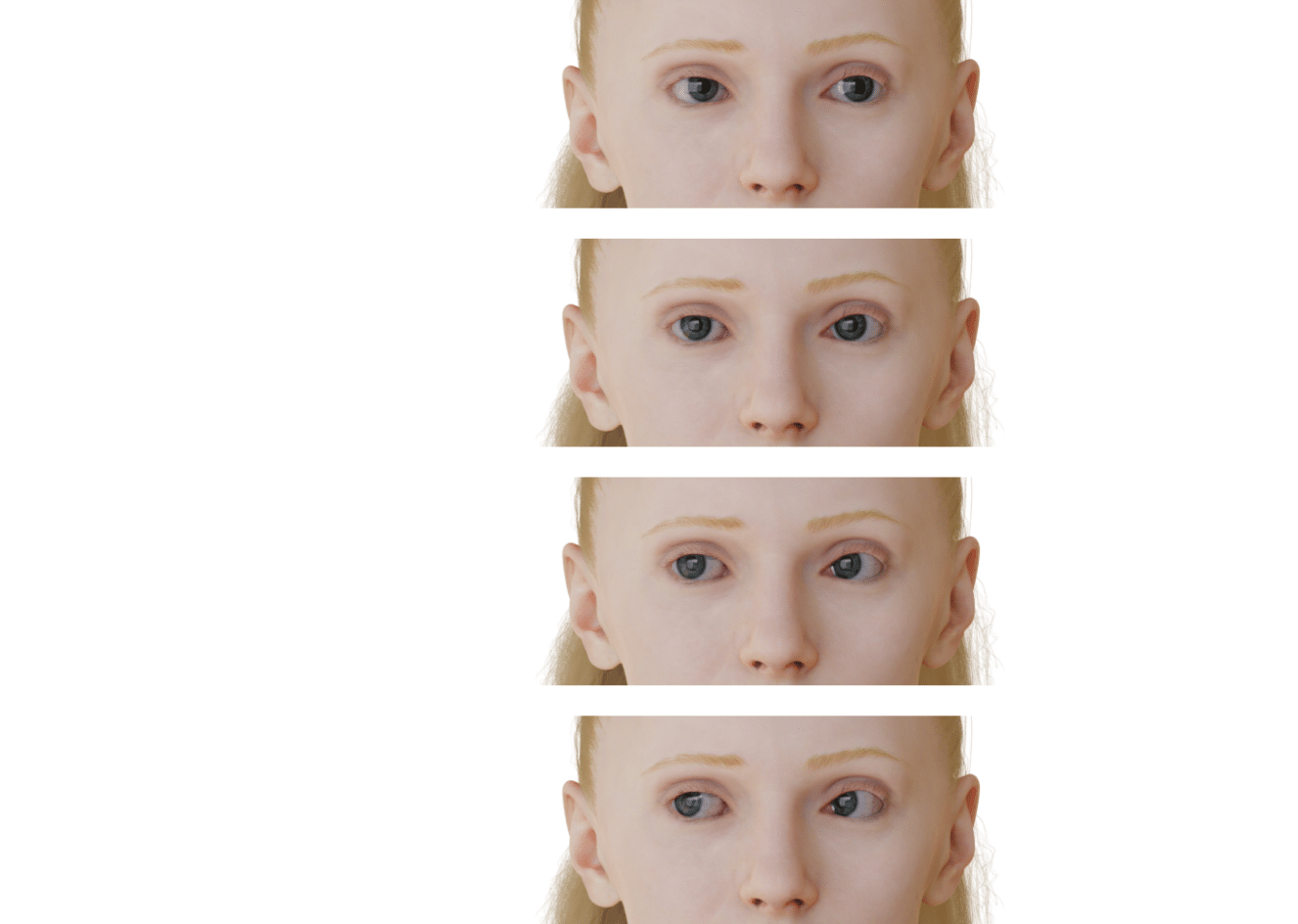Gaze-Cueing With Crossed Eyes: Asymmetry Between Nasal and Temporal Shifts

The results highlight the possibility that the gaze-cueing effect might be weakened when a direct gaze exists between the cueing eye and the target and the effect magnitude might depend on which type of face stimulus are used as a cue. A person’s direction of gaze (and visual attention) can be inferred from the direction of the parallel shift of the eyes. However, the direction of gaze is ambiguous when there is a misalignment between the eyes. The use of schematic drawings of faces in a previous study demonstrated that gaze-cueing was equally effective, even when one eye looked straight and the other eye was averted. In the current study, we used more realistic computer-generated face models to re-examine if the diverging direction of the eyes affected gaze-cueing. The condition where one eye was averted nasally while the other looked straight produced a significantly smaller gaze-cueing effect in comparison with when both eyes were averted in parallel or one eye was averted temporally. The difference in the gaze-cueing effect disappeared when the position of one eye was occluded with a rectangular surface or an eye-patch. These results highlight the possibility that the gaze-cueing effect might be weakened when a direct gaze exists between the cueing eye (i.e., nasally oriented eye) and the target and the effect magnitude might depend on which type of face stimulus are used as a cue.

Inferential eye movement control while following dynamic gaze

Frontiers The Gaze Cueing Effect and Its Enhancement by Facial Expressions Are Impacted by Task Demands: Direct Comparison of Target Localization and Discrimination Tasks

Gaze-Cueing With Crossed Eyes: Asymmetry Between Nasal and Temporal Shifts - Saki Takao, Aiko Murata, Katsumi Watanabe, 2018

Visuomotor Integration

Meeting another's gaze shortens subjective time by capturing attention - ScienceDirect

Holistic processing of gaze cues during interocular suppression

Visual Processing: Eye and Retina (Section 2, Chapter 14) Neuroscience Online: An Electronic Textbook for the Neurosciences

Perception of direct gaze in a video-conference setting: the effects of position and size, Cognitive Research: Principles and Implications

Relational property between head and eye regions is the primary determinant of the efficiency in search for a deviant gaze

Gazing Without Eyes: A “Stare-in-the-Crowd” Effect Induced by Simple Geometric Shapes - Clara Colombatto, Benjamin van Buren, Brian J. Scholl, 2020

Covert attention beyond the range of eye-movements: Evidence for a dissociation between exogenous and endogenous orienting - ScienceDirect

Eye–Hand Coordination in Object Manipulation









